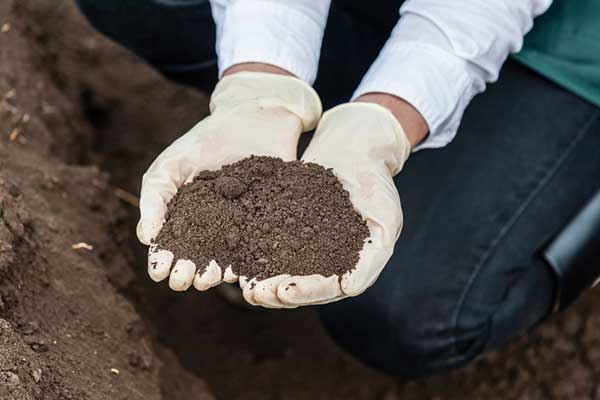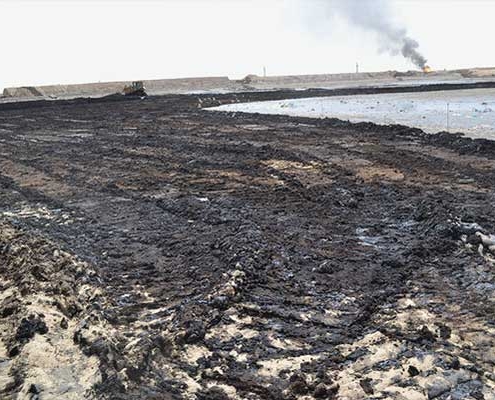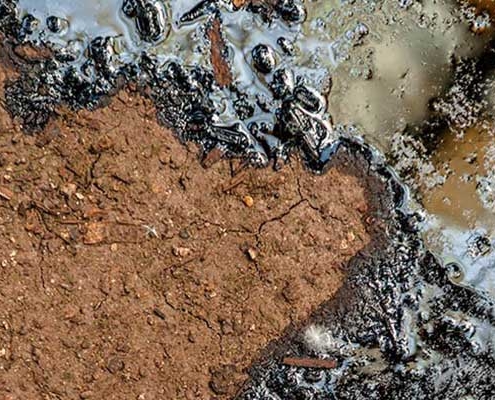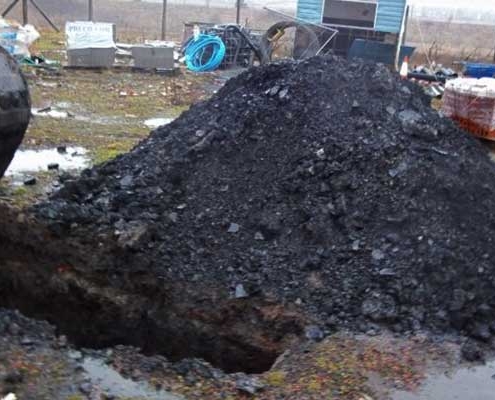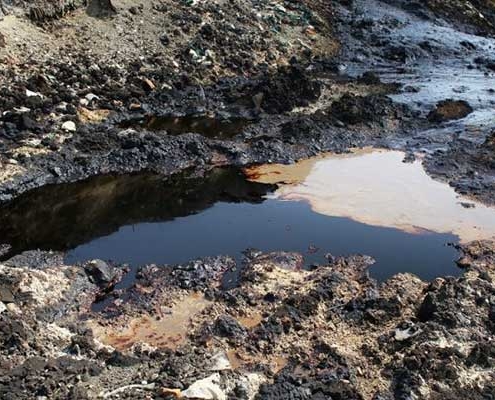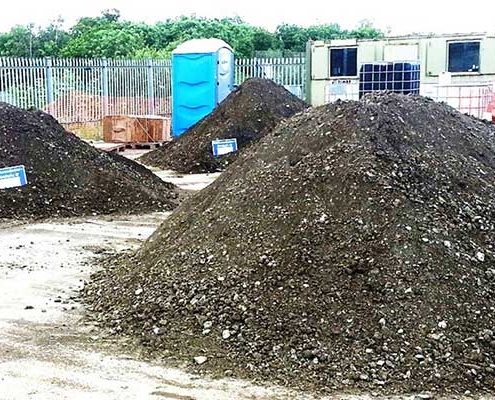Contaminated soil treatment
Introduction
Soil pollution is when humans introduce harmful objects, chemicals or substances, directly or indirectly into the soil in a way that causes harm to other living things or destroys soil or water ecosystems. Soil pollution is often considered as a hidden danger, because it is a kind of pollution that is not easily visible to the eye, although its effects can be catastrophic.
Soil contamination is when the concentration of chemicals, nutrients or elements in the soil becomes more than it normally or naturally is, as a result of human action. If this contamination goes on to harm living organisms, we can call it pollution.
Types of contaminated soil
Relocation sites of petrochemical plants, coking plants, iron and steel plants, pesticide plants and gas stations in cities, surrounding pollution caused by solid waste accumulation and dust ball deposition in mining, soil pollution caused by urban informal waste, and many other reasons have resulted in a large number of sites polluted by residual organic matter, heavy metals and combined pollution of organic matter and heavy metals. Harmful and serious substances in soil exceed the self-purification ability of soil, resulting in physical, chemical and biological changes of soil and endangering human health.
After the change of such polluted land into public land such as residential, commercial, school, medical and so on, people living on this land are seriously affected. Therefore, it is necessary to restore such polluted land before using it.
What causes contamination?
Pesticides and herbicides (and other farming chemicals) often end up contamination soils. Direct discharge of wastewater by industries can also cause that. Leakages in sewage systems, underground storage tanks and leaching of soluble substances from landfills can also result in contamination. Rainwater or floods from other polluted lands and water bodies spread contaminants to soils in other locations.
The effects of soils contamination
Soil contamination can result in soil and land pollution, and affect the health of plants that depend on them. It can also harm living organisms in the soils and humans that come into contact with them by touching, breathing or eating crops from contaminated soils. Contaminants in soils can also get infiltrated into ground water and pollute them.
Depending on the extent and volume of soil contamination, it can be remedied by
Incineration
Oxidative removal of organic pollutants through aerobic combustion.
Landfill
Entering the landfill site for landfill.
Curing/stabilization
The process of curing/stabilizing contaminated soil in a manner that does not harm the environment.(such as vitrification, and then buried deep).
Contaminated soil remediation method
1. Thermodynamic repair technology, using heat conduction, thermal blankets, thermal wells or hot walls, or heat radiation, radio wave heating, etc. to achieve the repair of contaminated soil.
2. Thermal desorption repair technology, heating the soil contaminated with organic matter above the boiling point of organic matter by heating, so that the organic matter in the adsorbed soil is volatilized to a gaseous state and then separated.
3. Landfill method, using waste as a kind of mud, adjusting the nutrition, humidity and pH of the soil by fertilizing, irrigating, adding lime, etc. Maintaining aerobic degradation of pollutants in the upper layer of the soil.
4. Chemical leaching. With the help of chemical / biochemical solvents that can promote the dissolution or migration of pollutants in the soil environment, the eluent is injected into the contaminated soil layer under the action of gravity or by head pressure, and then contains the pollution The solution of the substance is extracted from the soil, and the technology of separation and sewage treatment is performed.
5. Phytoremediation, using agricultural technology to improve the chemical and physical constraints of soil that are not good for plant growth, making it suitable for planting, and directly or indirectly absorbing, volatilizing, separating, and degrading by planting preferred plants and their rhizosphere microorganism Pollutants, restoration and reconstruction of natural ecological environment and vegetation landscape.
6. Bioremediation, a controlled or spontaneous process that uses organisms, especially microorganisms, to catalyze the degradation of organic pollutants, thereby repairing the polluted environment or eliminating pollutants in the environment. Among them, microbial repair technology uses microorganisms, indigenous bacteria, foreign bacteria, and genetically engineered bacteria to transform and degrade pollutants, and is mainly used for the degradation of organic pollutants in soil. By changing various environmental conditions, such as nutrition, redox potential, and co-metabolic substrates, microbial degradation is enhanced to achieve governance goals.
7. Physical remediation technology, which mainly uses the differences in physical properties between pollutants and soil particles, and between polluted soil particles and non-polluted soil particles, to achieve the purpose of removing and separating pollutants from the soil, mainly including soil replacement. Method, thermal repair method, vitrification repair technology and point dynamics repair method.
(1) The soil replacement method is a method of diluting the original pollutant concentration and increasing the soil environmental capacity, thereby achieving soil pollution repair. The thermal repair method is a method of heating the contaminated soil so that the volatile pollutants in the soil can be collected for recycling or treatment when the soil is volatile.
(2) Vitrification repair technology refers to the use of thermal energy or under high temperature and pressure conditions to melt the contaminated soil to form a glassy substance, to fix the pollutants therein, to achieve the purpose of eliminating pollution. Electrokinetic repair is a method that uses solvent electroosmosis and solute electrophoresis to orient heavy metals or organic pollutants to an enrichment chamber near an electrode, thereby enabling soil repair.
8. Chemical repair methods can be divided into in situ chemical repair and ectopic chemical repair. In situ chemical repair refers to the addition of chemical repair agents on the site of contaminated soil to degrade pollutants or remove the toxicity of pollutants through chemical transformation mechanisms, and chemically fix pollutants to reduce their activity or biological effectiveness. method. Ex-situ chemical repair is mainly a method of converting pollutants in the soil into a liquid form through a series of chemical processes, or even through enrichment, and then sending these liquid substances containing the pollutants to a special processing place for processing.

